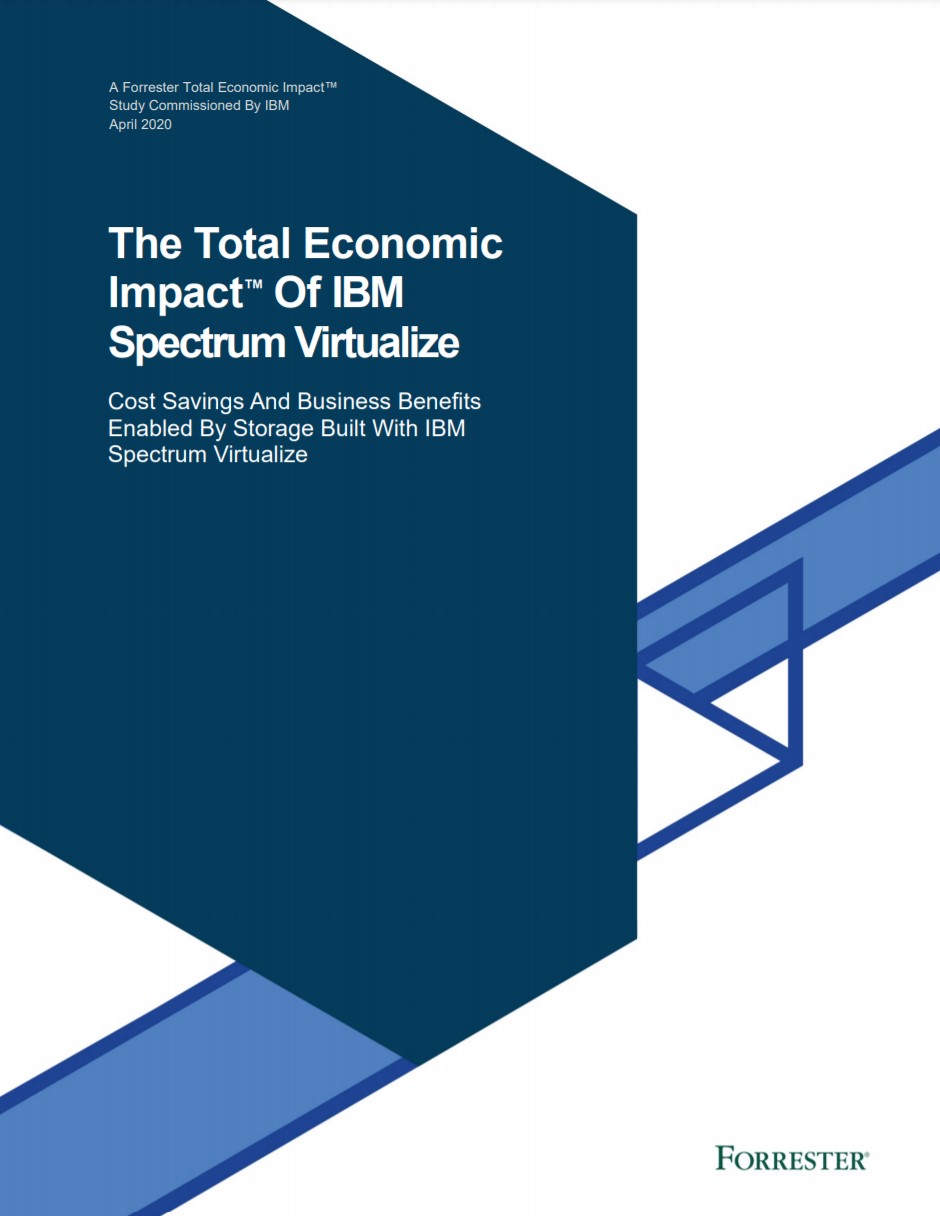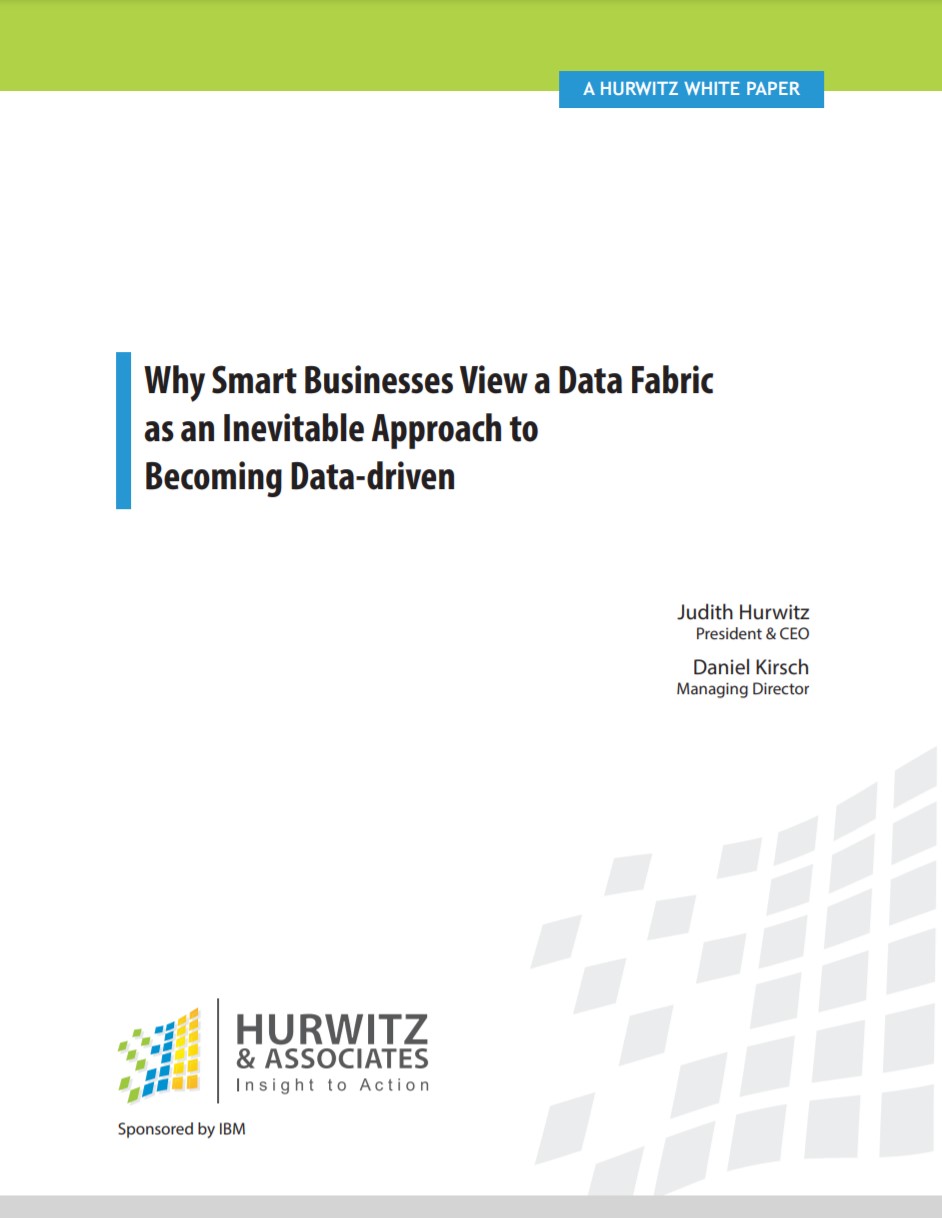Data protection by design isn’t just a buzzphrase you can ignore
This principle should guide you on every step of a customer’s journey because, if you get it wrong, you could land on the wrong side of the law

Let me tell you a story: You’re having a new friend round for lunch. You designed a recipe for a “Meaty Platter”, which combines a range of meats, to create the perfect meaty experience. Over the last week, you have purchased the finest ingredients for each component of the platter. That morning you blend it all together and make it look amazing. Your friend presses the doorbell and enters your home. She takes one look at your beautiful platter and declines to eat it; she doesn’t understand what it’s made from, and she doesn’t want to eat meat. Meaty Platter goes in the bin, and your friend doesn’t return, or, alternatively, maybe she takes a taste and then suffers a severe stomach ache later that day, and your friendship is lost.
RELATED RESOURCE

The Total Economic Impact™ of IBM Spectrum Virtualize
Cost savings and business benefits enabled by storage built with IBMSpectrum Virtualize
So, how do you host a lunch without alienating or damaging your friends? Before designing your recipe, you consider whether aspects of your menu may use ingredients unsuitable for some guests. You could also ask your guests if they have any dietary concerns. Any issues can then be addressed within your recipe and the ingredients that form part of it. You can prepare a tailored platter with all dietary needs baked into it. You can let guests know what it is, so they can make an informed decision about whether to eat it. In my story, you could then present your friend with a meal she understands and wants to eat. Meaty Platter (perhaps now Veggie Platter) hopefully won’t be thrown in the bin. If your friend takes a taste, she’s less likely to suffer a stomach ache, and you’re more likely to retain your friendship.
You may not be able to eliminate every risk. You’re unlikely to have considered all potential eventualities or have discussed with every guest the full detail of your menu. A guest may have an unforeseen dislike of a particular ingredient, or a previously unknown allergy. But, by considering the risks in advance, and without taking unnecessary steps to guarantee a fault-free meal, you have minimised the risk that a dietary issue leads to your food not being eaten, or causes damage to your guests.
The story re-told
Let me tell you another story: You’re launching a new technology product. You designed a recipe for “Meeting Platform”, which combines a range of information about customers’ online habits, to create the perfect meeting experience. Over the past year, you’ve engaged the finest coders for each component of the platform. That month, you have been blending it all together and making it look good. You press the launch button (there’s always a big launch button, right?), and your customers enter your platform. They take one look at your beautiful product and decline to use it; they don’t understand what you do with the requested data, and they don’t want to provide it. Meeting Platform is shelved, and your customers don’t return, or, alternatively, maybe some customers take a taste, and then you suffer a severe security breach later that week, and customer data is lost.
So, how do you launch a product without alienating or damaging your customers? Before designing your platform, you consider whether aspects of your product may use personal data. You could also ask potential customers if they have any concerns with the use of their data. Any issues can then be addressed within your platform, and the components that form part of it. You can prepare a tailored platform with data protection baked into it. You can let customers know what you’ll do with their data, so they can make an informed decision about whether to use it. In my story, you could then present customers with a product they understand and want to use. Meeting Platform hopefully won’t be shelved. If your customers take a taste, you’re less likely to suffer a security breach, and you are more likely to retain your customers.
You may not be able to eliminate every risk. You’re unlikely to have considered all potential eventualities, or to have discussed with every customer the full detail of the platform’s use of personal data. A customer may have an unforeseen dislike to a particular use of data, or the system may have a previously unknown vulnerability. But, by considering the risks in advance, and without taking disproportionate steps to guarantee a fault-free product, you have minimised the risk that a data protection issue leads to your product not being used, or causes damage to your customers.
Data protection by design
Data protection by design is just this! It’s about baking data protection compliance into the design and development of new activities involving the use of personal data. All data protection requirements should be addressed, including the core principles (such as transparency, data minimisation and security), and enabling individuals to exercise their rights (such as the right to access and erase data).
Get the ITPro daily newsletter
Sign up today and you will receive a free copy of our Future Focus 2025 report - the leading guidance on AI, cybersecurity and other IT challenges as per 700+ senior executives
Data protection by design is a legal requirement under UK GDPR, along with the closely related concept of data protection by default. This demands that the default position for any activity is to collect the minimum amount of data and do the minimum amount of processing. The obligations are ongoing throughout the lifecycle of the use of data.
Without data protection by design, data protection may only be an afterthought for a project (by which time it may be too late to address issues), or it may be ignored completely. This may lead to the project being shelved for data protection reasons. As a topical example, the NHS COVID-19 app faced several data-protection hurdles. Privacy concerns were key to the UK government scrapping the original 2020 centralised model, and, in 2021, it was reported that an update to the app had been blocked by Apple and Google due to the prohibited collection of location data.
Even if a project isn’t cancelled, it could cause significant costs and delays to rework it to address data protection issues. In May 2019, the Information Commissioner’s Office (ICO) issued an enforcement notice against HMRC in relation to its Voice ID service, requiring it to delete data. The ICO found HMRC was processing biometric data (for voice authentication) without a lawful basis under data protection law, as it had failed to obtain adequate consent. In its notice, the ICO stated: “HMRC appears to have given little or no consideration to the data protection principles when rolling out the Voice ID service.” In other words, it didn’t apply data protection by design.
When is it needed?
RELATED RESOURCE

Why smart businesses view a data fabric as an inevitable approach to becoming data driven
Adopting a data-driven strategy for success
Data protection by design most obviously springs to mind for big projects, such as new technology systems that will process personal data. Its remit, however, is much wider than this. It applies to all activities involving personal data (big or small), and to the preparation of policies and processes that govern the use of data. You may not need to carry out the same level of review in each case, though. As raised in my stories, the approach you take and the extent of measures you put in place should be proportionate to the risks involved.
Consider, for example, a business’s use of customer contact details to keep customers updated about requested services. Design measures may include ensuring customer details aren’t used for a wider purpose, and are kept up to date and secure from misuse. However, the assessment may be fairly quick, and the measures fairly standard. Compare this with more innovative or intrusive uses of data, such as those involving artificial intelligence, sensitive data, or monitoring and profiling of individuals. A more complex assessment and more bespoke design measures are likely to be needed. For these types of higher-risk activities, a formal data protection impact assessment (DPIA) may be needed, and it forms an important part of data protection by design. Asking those who will be impacted for their views, is also a stage of the DPIA process.
In my experience, higher-risk projects are commonly now given some quality data-protection time, although I still come across some clangers. Just the other day, a company sent its employees a request to provide their COVID-19 vaccination details, together with proof of vaccination (with type of vaccine and dates), or the reason why they were unvaccinated. The request had no explanation as to what would be done with this information. My head started firing out data protection principles: There was no transparency or specified purpose! What was the lawful basis? How about data minimisation?
At the lower-risk end of the spectrum, I find there is a tendency to focus on specific aspects of compliance (such as having a privacy notice, and checking security measures), without looking at the full range of data protection design elements. As an example, one of my clients recently launched a new website, and included a form for people to sign up to receive a newsletter. However, there was no newsletter – this request was “just in case” the company decided to create one in the future. Data protection by default, and the principle of data minimisation, would say don’t collect this information yet, as it’s not needed right now.
Privacy-enhancing technologies
The organisations actually collecting and handling personal data have legal responsibilities under data protection law. However, product developers have a role in designing systems with data protection embedded, which can also be a selling point for them. This is the aim of ‘privacy-enhancing technologies’, meaning technologies that are designed for supporting specific privacy or data protection functionality, or protecting against privacy risks. They’re currently a hot topic in the data protection world.
I have excitedly been trying to understand mathematical concepts such as differential privacy (adding ‘noise’ to statistics to make it more difficult to identify source data), and homomorphic encryption (which enables functions to be carried out on specific data without decrypting whole data sets). Anonymisation and pseudonymisation functionality can also be built into technology design. These types of privacy-enhancing measures may most obviously assist with information security, but they have wider data protection benefits. They may, for example, limit retention periods by ensuring individuals can no longer be identified from data sets, ensure that only the minimum amount of personal data is held within a system, and facilitate the exercise of rights by data subjects.
So next time you’re designing your recipe for new technology or data processing activities – or even a meaty platter – don’t forget to bake in your data protection (or dietary) requirements.
-
 Should AI PCs be part of your next hardware refresh?
Should AI PCs be part of your next hardware refresh?AI PCs are fast becoming a business staple and a surefire way to future-proof your business
By Bobby Hellard
-
 Westcon-Comstor and Vectra AI launch brace of new channel initiatives
Westcon-Comstor and Vectra AI launch brace of new channel initiativesNews Westcon-Comstor and Vectra AI have announced the launch of two new channel growth initiatives focused on the managed security service provider (MSSP) space and AWS Marketplace.
By Daniel Todd
-
 PowerEdge - Cyber resilient infrastructure for a Zero Trust world
PowerEdge - Cyber resilient infrastructure for a Zero Trust worldWhitepaper Combat threats with an in-depth security stance focused on data security
By ITPro
-
 Anticipate, prevent, and minimize the impact of business disruptions
Anticipate, prevent, and minimize the impact of business disruptionsWhitepaper Nine best practices for building operational resilience
By ITPro
-
 Three steps to transforming security operations
Three steps to transforming security operationsWhitepaper How to be more agile, effective, collaborative, and scalable
By ITPro
-
 Top ten ways to anticipate, eliminate, and defeat cyber threats like a boss
Top ten ways to anticipate, eliminate, and defeat cyber threats like a bossWhitepaper Improve your cyber resilience and vulnerability management while speeding up response times
By ITPro
-
 The complete SaaS backup buyer's guide
The complete SaaS backup buyer's guideWhitepaper Informing you about the realities of SaaS data protection and why an SaaS back up is essential
By ITPro
-
 The 'cyber aSaaSin' manual
The 'cyber aSaaSin' manualWhitepaper Providing valuable insights to identify SaaS data enemies and win the battle against SaaS data threats
By ITPro
-
 Best practices for Microsoft 365 business continuity
Best practices for Microsoft 365 business continuityWhitepaper Discover how to mitigate the effects of large-scale, high-cost data loss disasters
By ITPro
-
 How to answer a tricky subject access request (SAR)
How to answer a tricky subject access request (SAR)Tutorials How do you prove a customer is who they say they are, and how much information should you provide?
By Olivia Whitcroft